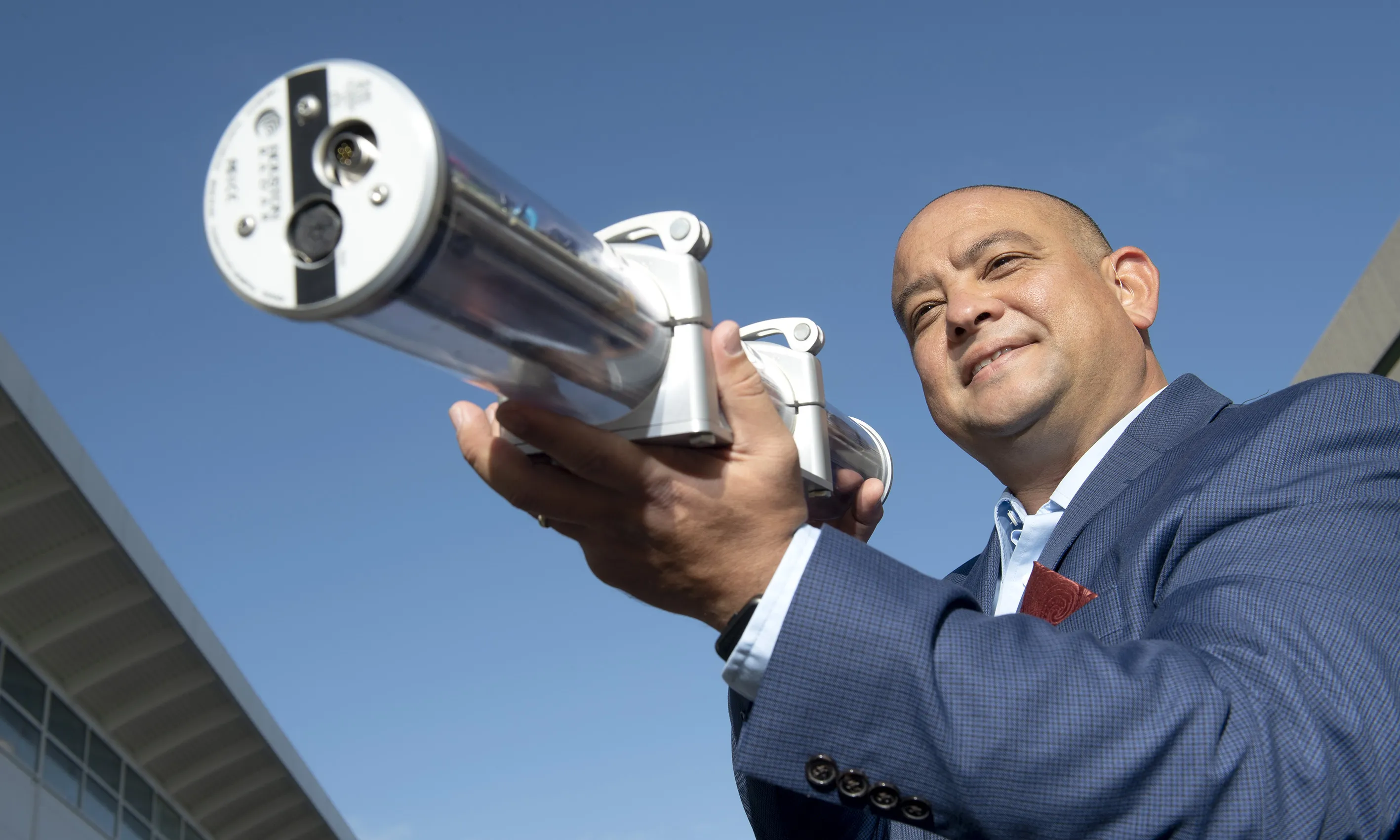
The future is now. Advances in sensor and information technologies provide unprecedented opportunities to better manage truck and tyre compliance. Here at ITS America Detroit, International Road Dynamics (
TACS screens commercial vehicles at weigh station facilities to identify those that are unsafe due to missing or under-inflated tires. The system incorporates IRD’s VectorSense tyre sensor suite, roadside electronics, and software that displays a graphic representation of a vehicle’s tyre configuration and any identified tyre anomalies. The system is available with stand-alone software or integrated into IRD’s weigh station operation software or virtual weigh station (VWS) software. Recent demonstrations of TACS in Oklahoma and Oregon show the technology’s potential to enhance automated safety screening at commercial vehicle inspection facilities.
VI2M Vehicle Information in Motion is an innovative, state-of-the-art IRD solution that unlocks the value of the information collected at weigh-in-motion (WIM) stations and data collection sites.
The VI2M suite provides cloud-based data collection, facilitates off-line reporting and supports the monitoring of traffic operations on a network wide basis. The solution provides web-based access to the data transportation professionals need for effective analysis and decision-making.
Meanwhile, IRD’s VWS software is an established product implemented at hundreds of weigh-in-motion sites across the US. Highly customisable and versatile, the latest version offers new features that make it even more effective for overweight screening, safety and credential screening and portable enforcement. Enforcement agencies can access their VWS sites from anywhere through a web browser, making the virtual weigh station an economical solution for monitoring multiple enforcement sites.
Ready to see into the future? You won’t need a crystal ball, just come and visit IRD.
Booth 437










